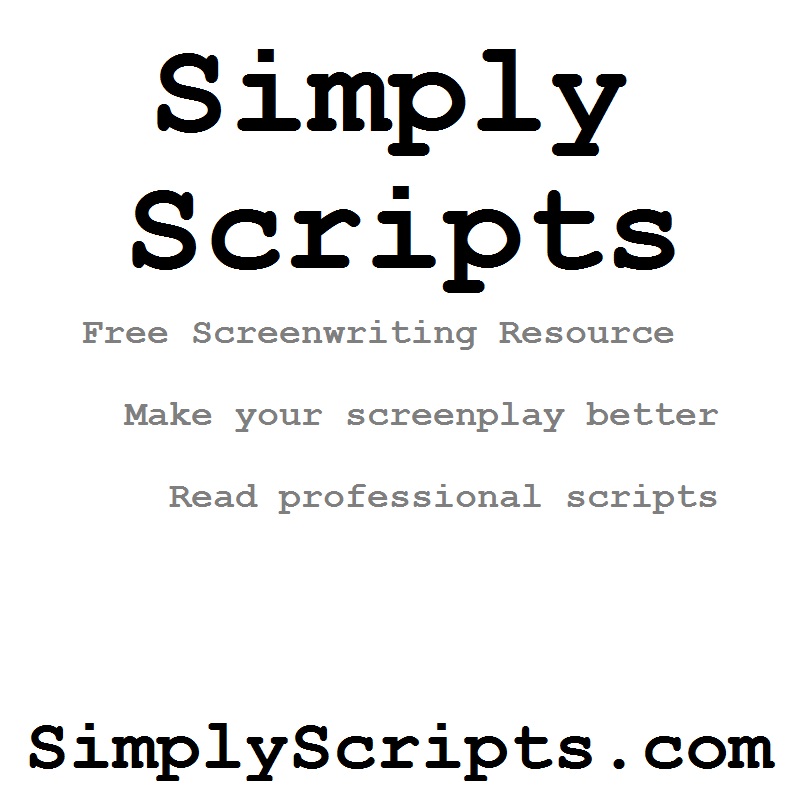A good script is going to have a lot of layers to it, in other words, it’s not just A, then B, then C, then D. That results in a pretty thin script. One of the best ways to add subtlety to your script and build unique characters is by adding subtext. As we’re building our outline, Rick and I are always looking for ways to add subtext to the story.
What is subtext you ask? It’s really just an underlying or deftly hidden action by a character. Rick is a master of the subtext, and I’ll let him explain his thinking on the subject:
If there was a strength or skill to consistently work on as you ply your craft as a screenwriter, I’d recommend it be adding subtext to each of your scenes. It makes movies so much more impactful when you’re watching them and enhances your characters and story immensely. Sometimes, in ways you don’t even put together right away — I’ll offer two examples, one from an older film and one from a more contemporary film, that I use in my screenwriting workshops to illustrate:
1. Think back to “The Graduate.” – There are countless examples in this film alone (Mike Nichols was a genius and you’d do well to listen, watch and learn from his incredible body of work) but I specifically love this simple example: Remember, early in the film, Dustin Hoffman has graduated college and is basically loafing at his parent’s house, unsettled and unsure of what he wants to do with his life. This frustrates his career-minded father to no end. One day, the Father comes home and his shoulders collapse upon seeing Dustin Hoffman floating on a raft in their pool, just chilling and thinking. He, of course, pleads that it’s time to ‘do something with your life’ and Dustin merely looks at him and feels very misunderstood. For me, the beautiful subtext in this scene is that it’s set for our directionless character in a pool where he’s literally drifting aimlessly. The mere visual of him ‘drifting’ enhances the message so beautifully, yet it doesn’t hit you over the head and scream: This guy’s got no direction in his life! Subtext. It adds so much. Do it in every scene.
2. Then there’s “Titanic.” — James Cameron, ’the screenwriter’ is as equally talented as James Cameron, ‘the director.’ Reading his scripts, the visuals pop and he’s very conscious of subtext in pivotal scenes. Remember, toward the end of the first half of the film, Rose’s mother is helping her dress for the Captain’s dinner and making it very clear to Rose how important it is for her to stick with the ‘money and established’ suitor she’s positioned Rose for, rather than that impulsive bad boy Leonardo something-or-other. As she’s basically telling Rose what to do, what is Rose’s mother actually doing? Tightening her corset. She literally pulling the strings and tightening the pressure on Rose to her specifications. Rose is visibly uncomfortable yet her mother tightens and adds pressure. Again, it’s all very natural and organic because someone has to do it but the subtext of having Rose’s mother communicate her wishes this way, enhances the message, her character and the take-away from the scene exponentially.
Re-watch any of your favorite movies. There’s probably countless examples, some of which you may have missed on the first few watchings. Good subtext is often that — submerged in the words and actions of the very natural. Get good at it and screenwriters of the future will be citing examples from your scripts to screenwriters learning the craft. It’s a universal strength and powerful tool to make your scripts engaging on multiple levels.
Thanks to Rick for this valuable insight! We’ll be back soon with more work on our outline!
The further adventures of the screenwriting and marketing process of Lake Regret wherein Gary Howell documents his and Rick Hansberry’s screenwriting adventures from concept, to the writing, to how they handle disagreements, to marketing the script. Reproduced with permission





Commenting is not allowed!